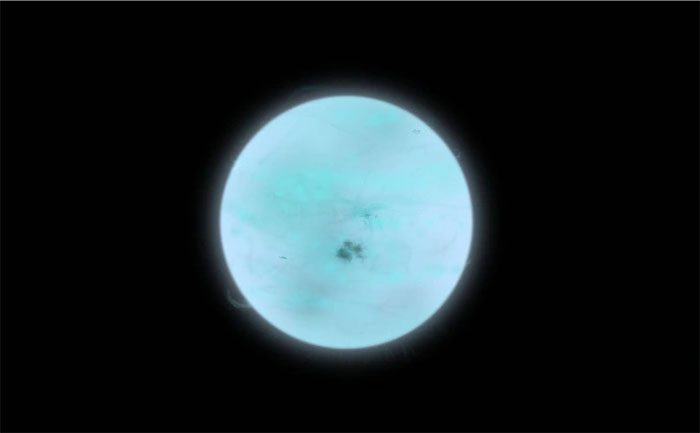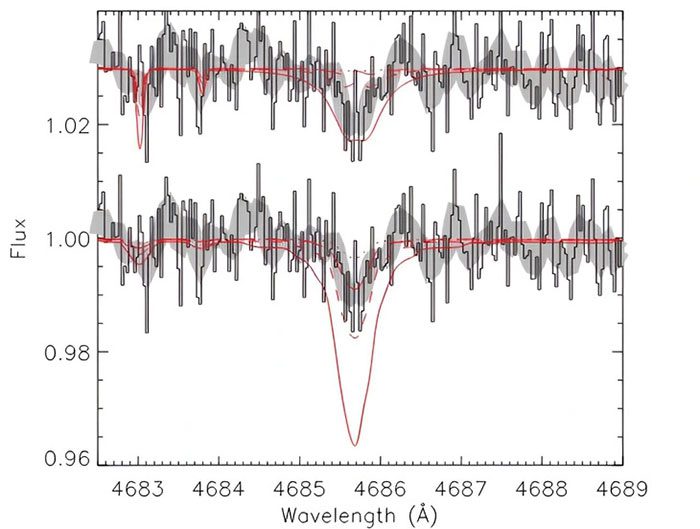Astronomers have recently discovered the most metal-poor helium star known as EC 19529-4430.
Extreme helium stars (EHe) are massive stars that are significantly larger and hotter than the Sun, yet they possess lower mass. Remarkably, they contain almost no hydrogen, which is unusual since hydrogen is the most abundant chemical element in the universe.

EC 19529-4430 is believed to be the most metal-poor star in the Milky Way – (Illustrative image: Living Future).
The characteristics of EHe stars include sharp and relatively strong spectral lines of neutral helium, indicating a low surface gravity and an atmosphere dominated by helium.
In addition to helium, these stars contain significant amounts of carbon, nitrogen, and oxygen. The first EHe star was discovered in 1942.
EC 19529-4430 is a newly discovered EHe star located in the Galactic Halo, approximately 15,500 light-years away from us.
A team of astronomers led by Simon Jeffery from the Armagh Observatory and Planetarium in Armagh, United Kingdom, decided to conduct a deeper study of EC 19529-4430 to clarify its true nature.
To achieve this, they utilized the High-Resolution Spectrograph (HRS) and the Robert Stobie Spectrograph (RSS) from the Southern African Large Telescope (SALT). Observations revealed that EC 19529-4430 has an effective temperature of -252.45 degrees Celsius and an overall metallicity of -1.3 dex.

Spectral data obtained with HRS for EC 19529-4430 – (Image: Jeffery/phys.org).
The study confirmed that its surface appears to be composed primarily of helium that has undergone the CNO cycle (one of the two nuclear fusion pathways that stars use to convert hydrogen into helium, in which hydrogen is fused with carbon C, nitrogen N, and oxygen O). So far, no pulsations from this star have been detected.
Overall, the results indicate that EC 19529-4430 is the most metal-poor EHe star discovered to date. Furthermore, it is also the most carbon-poor and nitrogen-rich EHe star known.
The authors suggest that it is likely the result of a merger of two helium white dwarf stars.


















































